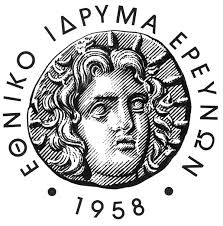Το τεκμήριο παρέχεται από τον φορέα :
 Εθνικό Ίδρυμα Ερευνών (ΕΙΕ)
Εθνικό Ίδρυμα Ερευνών (ΕΙΕ)
Αποθετήριο :
Ήλιος - Αποθετήριο Εθνικού Ιδρύματος Ερευνών
| αποθετήρια EKT

